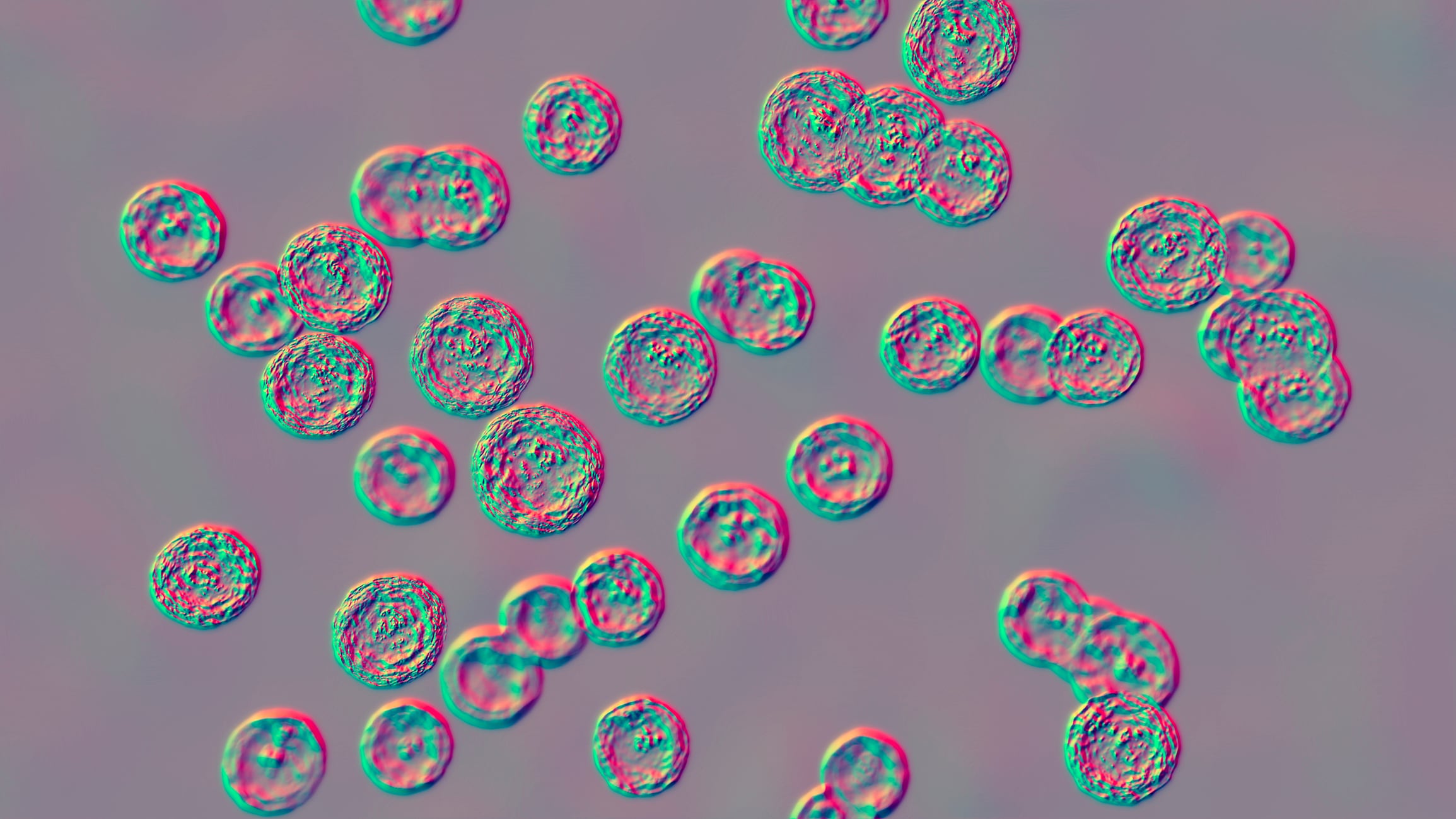The biotech start-up, which was founded in 2019 and is based in Navarra in the north of Spain, is focused on developing and commercializing probiotics and postbiotics for obesity and its associated complications such as insulin resistance, prediabetes and type 2 diabetes.
In just six years, the company has used its validated development platform to substantiate the anti-diabetes potential of its Pediococcus acidilactici strain through studies in Caenorhabditis elegans and rodents to humans. Its pA1c strain has been studied in both its live (probiotic) and heat inactivated (postbiotic) forms, with the most recently published papers focusing on the postbiotic, which the company calls pA1cHI.
“The postbiotic form is effective and safe and offers greater stability,” Josune Ayo, CEO of Genbioma, told NutraIngredients. “It also offers cost benefits because you don’t need the overages in the final product to ensure you’re meeting label claim, like you need with a probiotic.”
A paper published last week in Nutrition detailed data from a randomized, double-blind, placebo-controlled pilot study that included 17 obese subjects with and without prediabetes receiving either pA1cHI (10 billion total cells) or placebo for 12 weeks.
The data showed that participants in the postbiotic group not only displayed significant reductions in HbA1c (glycated hemoglobin, a marker of long-term presence of excess glucose in the blood) but also experienced significant decreases in body weight (-1.46 kg, or -3.2 lbs), BMI (-0.5 points) and fat mass (-890 grams, or -2.0 lbs), while lean mass increased by 210 grams (0.46 lbs)
Diastolic blood pressure also improved after postbiotic supplementation, with an average reduction of 8.8 mmHg reported by the researchers.
“This pilot trial highlights pA1cHI as a potential postbiotic intervention for enhancing metabolic health, particularly among individuals with PreD and obesity,” wrote researchers from Genbioma, Hospital Universitario Vinalopó and Sandwalk Bioventures SL. “The statistically significant and clinically relevant reductions in HbA1c suggest that pA1cHI could play a pivotal role in preventing the progression from prediabetes to T2D.
“Furthermore, considering the increasing prevalence of metabolic disorders globally, pA1cHI presents a novel and effective approach not only for managing existing conditions such as PreD and obesity but also as a preventive strategy against the onset of T2D.”
The ingredient is now being investigated in a larger trial with people with type 2 diabetes, Ayo said.
Understanding the mechanisms of action
These human trials are the culmination of multiple pre-clinical studies documented in almost 10 papers published in peer-reviewed scientific journals since 2022.
Those earlier papers detailed the mechanisms of action, with data published earlier this year in the International Journal of Molecular Science (2025) showing that the postbiotic may modulate gene expression linked to lipid oxidation, fatty acid synthesis, insulin signaling and oxidative stress in a C. elegans model of prediabetes.
The same paper reported that combining pA1cHI with chromium picolinate and zinc enhanced the metabolic benefits.
Another paper published this year in the International Journal of Molecular Science presented results from experiments with mice eating a high-fat diet. The postbiotics was found to stimulate the secretion of GLP-1 along with changes to the gut microbiota and improvements in intestinal barrier function.
“One of the most relevant findings is the increased colonic expression of GLP-1, an incretin hormone secreted by intestinal L-cells,” the researchers wrote. “This effect could be attributed to the direct action of postbiotic metabolites (such as short-chain fatty acids or bacterial structural components) on specific receptors of L-cells, promoting their activation and hormone secretion.
“Given the well-known effects of GLP-1 on satiety, insulin sensitivity and inflammation reduction, this mechanism could help explain several of the observed effects, including the reduced food intake, [body weight] loss and improvements in hepatic and adipose tissue metabolism.”
The company’s potential was recognized early on by NutraIngredients, which named Genbioma a Probiota Pioneer at Probiota 2022 in Copenhagen.

From lab bench to retail shelf
Having established a strong scientific foundation, Genbioma is now bringing the ingredients to market, with commercial products set to launch in seven or eight countries across the Balkans later this year.
To finance expansion initiatives, Ayo said Genbioma is currently looking to raise €2 million, which will be used for clinical research and business development. The company is also looking to create an external scientific advisory board, she said.
Another postbiotic is also being explored for cholesterol management, she said, with plans to scale that up next year.
Sources: Nutrition. doi: 10.1016/j.nut.2025.112948. “Preliminary effect of the postbiotic pA1cHI in glucose metabolism of obese individuals. A pilot, randomized, double-blind, controlled nutritional intervention”. Authors: D. Yavorov-Dayliev, et al.
International Journal of Molecular Science, 2025. doi: 10.3390/ijms26136408. “Heat-Inactivated Pediococcus acidilactici pA1cHI Maintains Glycemic Control and Prevents Body Weight Gain in High-Fat-Diet-Fed Mice”. Authors: M. Cabello-Olmo, et al.
Life Sciences, 2025. doi: 10.1016/j.lfs.2024.123359. “Pediococcus acidilactici CECT 9879 (pA1c) and heat inactivated pA1c (pA1c HI) ameliorate gestational diabetes mellitus in mice”. Authors: D. Yavorov-Dayliev, et al.
International Journal of Molecular Science, 2025. doi: 10.3390/ijms26168094. “Postbiotic pA1cHI for Preventing Insulin Resistance and Obesity in a Caenorhabditis elegans Model of Prediabetes”. Authors: D. Yavorov-Dayliev, et al.


